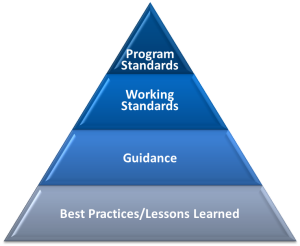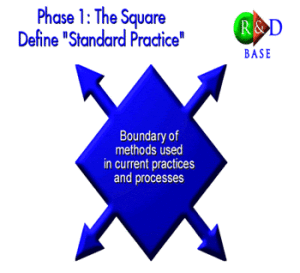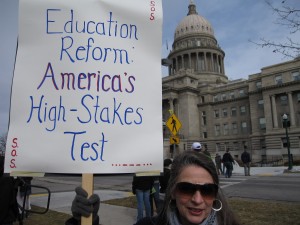I went to bed last night thinking about what I understand and what I don’t. And in the middle of the night, I awoke with this thought, “The Crucial Voice of the People is important.” Or, it could be written that “the crucial voice of the people is important.” Readers will need to make that call. Maybe it can correctly be written both ways.
One thing I do understand is what it will take to really “reform” our system. I’ve studied what has and has not worked in the past and currently. And I have unfortunately witnessed and experienced what has not worked in my own schools. And I’m realistic about it. The system needs the people (the public) to engage in public education policy and be aware and vigilant as to how those policies influence practices.
Whether it’s locally, at the state level, or nationally, what can really make a difference right now is having people in charge of the education system who understand what is important in the process of learning and in the process of changing. We can’t have responsive and responsible change that leads to progress without understanding those basics. Understanding the learning process is central to guiding an improvement process, which is what reform should be — a focus on what children need. It isn’t just standards; it isn’t just instruction; it isn’t just providing materials. It is having it all and understanding how we can provide it.
So what I don’t understand is what looks to be unwillingness on the part of adults to work together to solve our education problems, even when the answers are laid out before us. Is it a lack of understanding?




